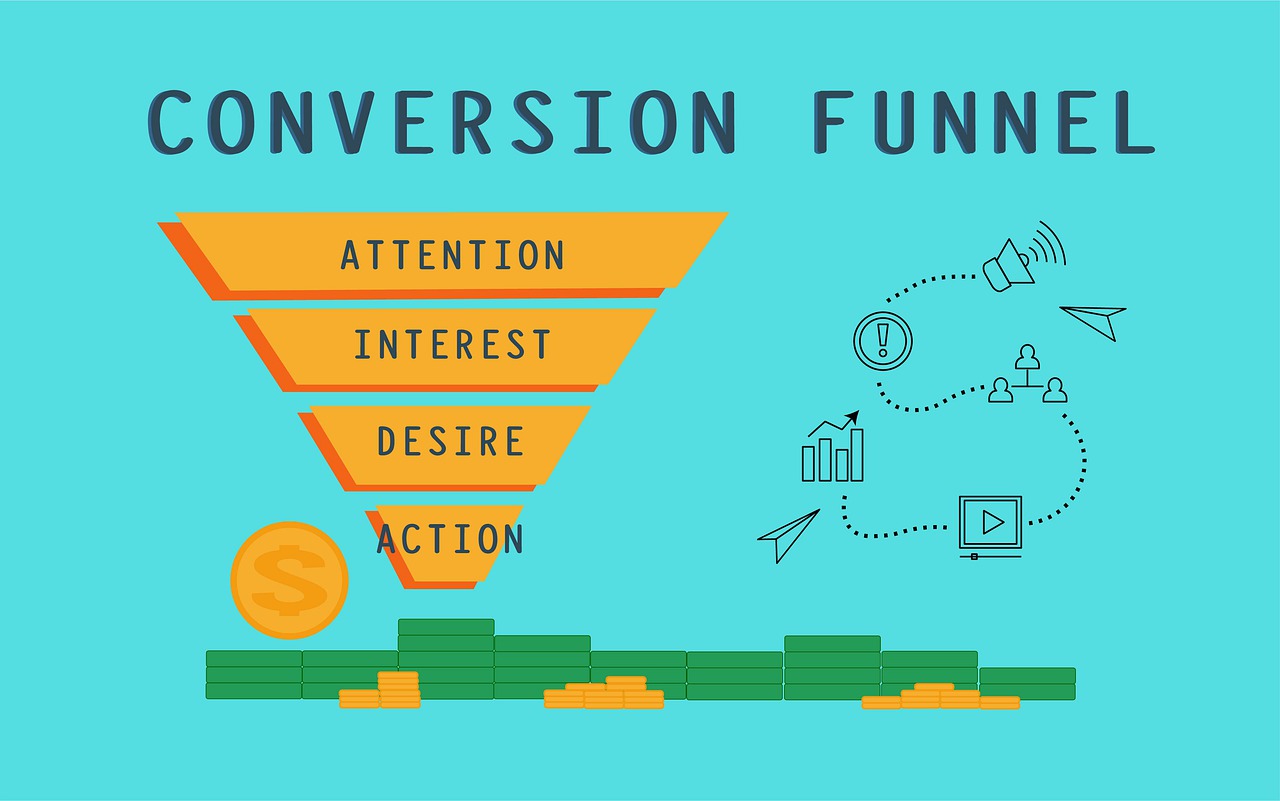Middle of the funnel (MOFU) content is intended to nurture and educate leads who have already shown some interest in your brand but are not yet ready to make a purchase.
This type of content help move prospects further down the marketing funnel by providing more detailed information and building trust and credibility.
MOFU Content Types
- E-books and whitepapers: E-books and whitepapers are comprehensive resources that provide detailed information on a specific topic. They help educate prospects and demonstrate your expertise in your industry.
- Webinars and live events: Webinars and live events offer a more interactive experience for prospects and allow you to showcase your knowledge and expertise. They also provide opportunities for prospects to ask questions and engage with your brand.
- Case studies and customer success stories: Case studies and customer success stories provide social proof that your product or service is effective. They showcase real-world examples of how your solution has helped other companies or individuals.
- Product demos and free trials: Product demos and free trials allow prospects to try out your product or service before making a purchase. This helps build trust and allows prospects to experience the value your solution provides.
- Interactive tools and assessments: Interactive tools and assessments provide a more engaging experience for prospects and help them better understand their needs or challenges. For example, a financial planning company could create a budget calculator that helps prospects determine their monthly expenses and create a budget.
- Expert guides and how-to articles: Expert guides and how-to articles provide detailed information on a specific topic and offer practical advice and tips. They help demonstrate your expertise and provide value to prospects.
By moving leads through the customer journey, you can establish authority.
Keys to Crafting Great Content
To write great content, you need to know who you’re writing for. Conduct research to understand your audience’s interests, pain points, and needs. Use this information to create content that speaks directly to their concerns and interests.
Be authentic and transparent
Authenticity and transparency are essential for building trust. Be open and honest about who you are and what you stand for. Share your values and mission statement on your website, and be clear about your products or services.
Provide value
Your content should provide value to your audience. Focus on creating content that educates, informs, or entertains your audience. Use storytelling and examples to help your audience understand complex concepts or ideas.
Use social proof
Social proof, such as customer reviews, testimonials, and case studies, can help build trust with your audience. Use social proof throughout your website to showcase the positive experiences of your customers.
Invest in quality
Ensure that your website is well-designed, with easy-to-read content that is free from errors. Use high-quality images and graphics to help convey your message. Consistency is also key; aim to publish content regularly to keep your audience engaged and build trust over time.
Need more engaging middle-of-the-funnel content that helps nurture prospects towards conversions? Talk to the content marketing experts at StrongerContent.com today.

